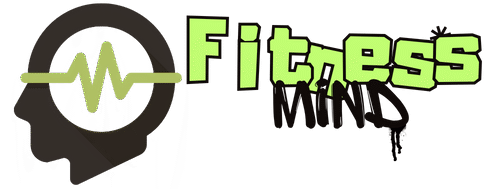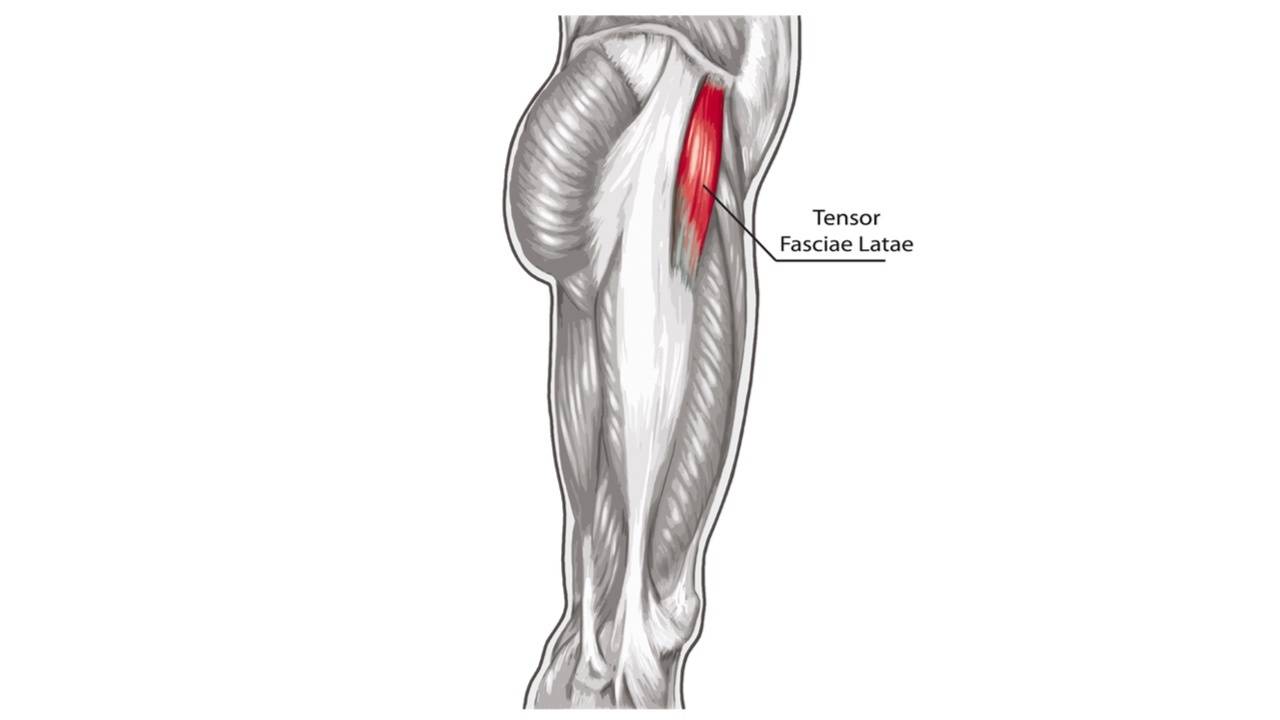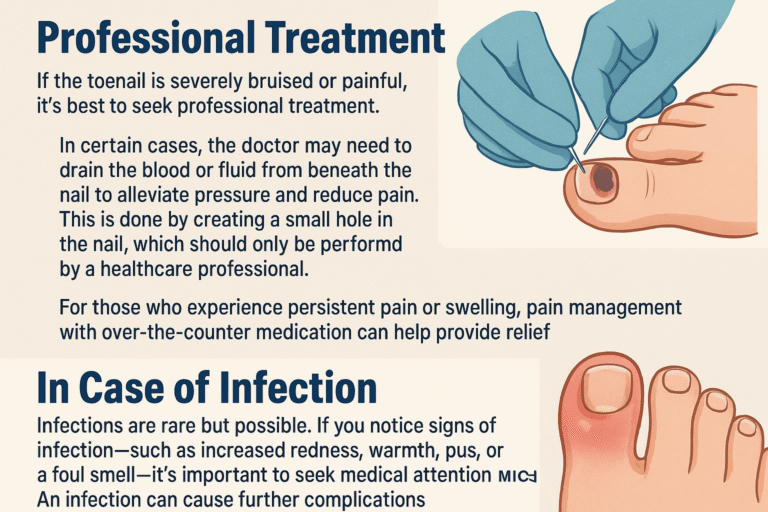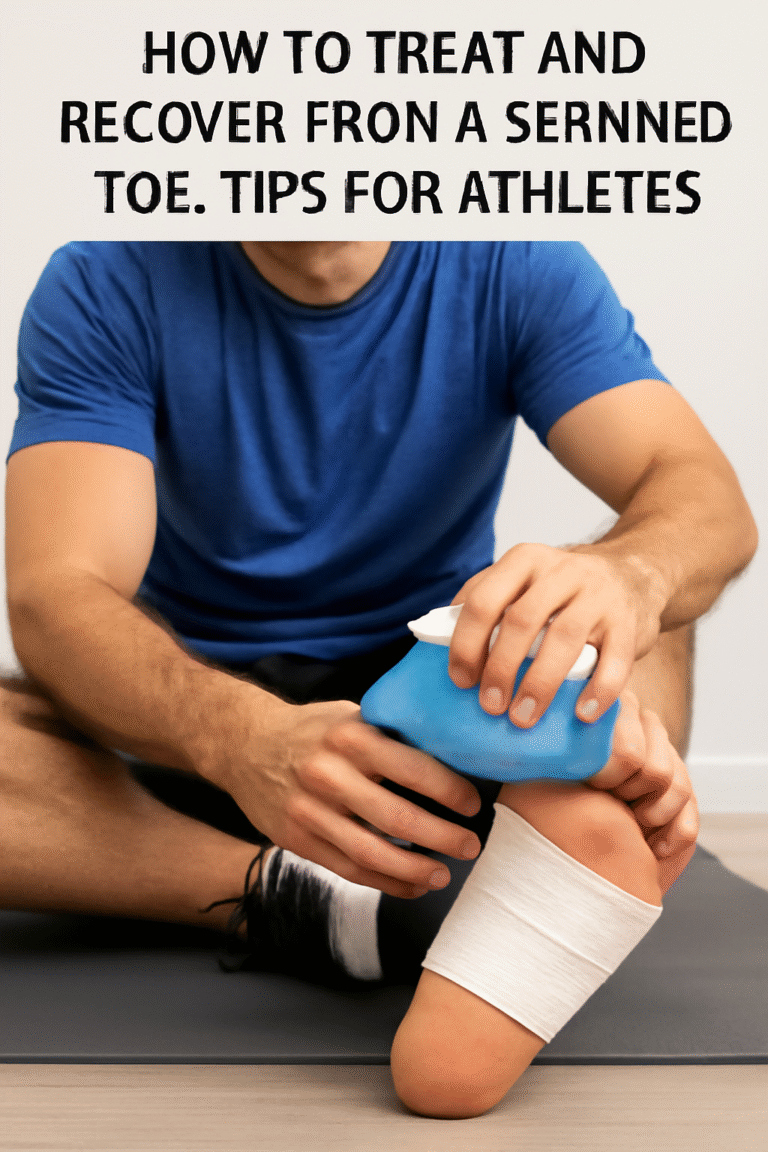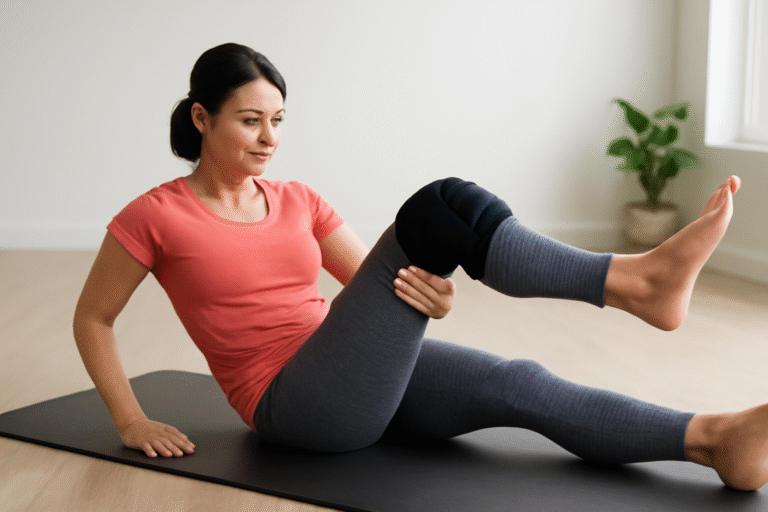Understanding and Treating Tensor Fasciae Latae Pain: A Complete Guide
Introduction
The Tensor Fasciae Latae (TFL) is a crucial muscle located on the outer side of the hip. Despite its importance in stabilizing the pelvis and assisting in various movements, TFL pain is a common issue that can affect daily activities. This guide delves into the causes, symptoms, and effective treatments for TFL pain, providing you with the knowledge to manage and alleviate discomfort.maksreznik.com+7maksreznik.com+7southgatephysio+7Precision Movement+1Bodyworks Prime+1
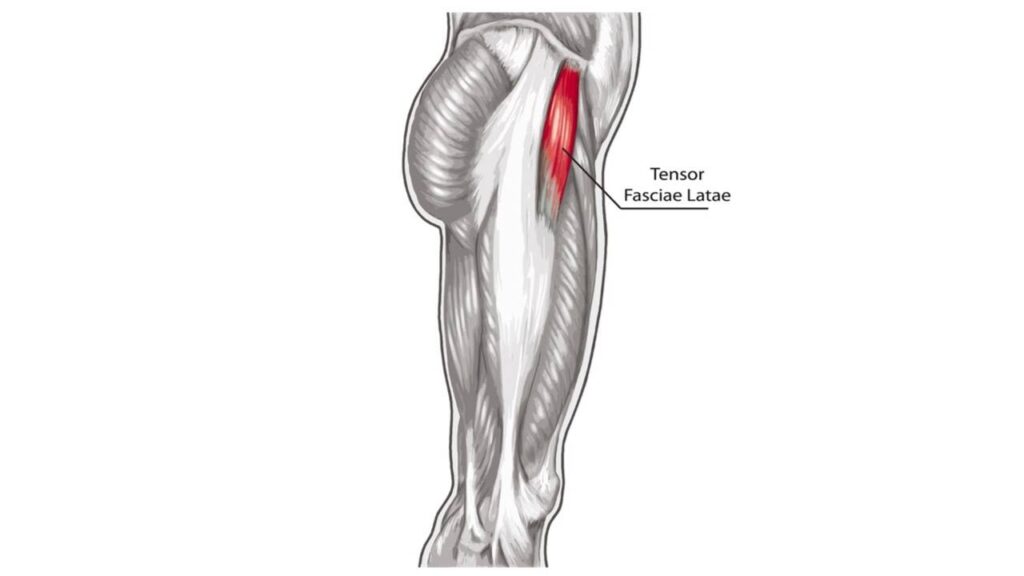
Table of Contents
Anatomy of the Tensor Fasciae Latae
The TFL originates from the anterior superior iliac spine and inserts into the iliotibial band, which extends down the outside of the thigh to the knee. It plays a pivotal role in hip flexion, abduction, and internal rotation, as well as stabilizing the pelvis during movement. Wikipedia+3Bodyworks Prime+3The Times+3
Common Causes of TFL Pain
1. Overuse and Repetitive Movements
Engaging in activities like running, cycling, or prolonged standing can lead to overuse of the TFL, resulting in pain and tightness. Precision Movement+17SELF+17Back Muscle Solutions+17
2. Muscle Imbalances
Weakness in surrounding muscles, such as the gluteus medius, can cause the TFL to compensate, leading to strain and discomfort. Precision Movement
3. Poor Posture and Biomechanics
Incorrect posture or movement patterns, especially during exercise, can place undue stress on the TFL, contributing to pain.
Identifying TFL Pain
TFL pain typically manifests as a sharp or aching sensation on the outer hip, which may radiate down the thigh. Symptoms often worsen with activities like climbing stairs, running, or prolonged sitting. southgatephysio
Effective Treatment Strategies
1. Targeted Massage and Myofascial Release
Utilizing tools like a tennis ball or specialized devices can help release tension in the TFL muscle, providing relief from tightness and discomfort. Verywell Health+10Back Muscle Solutions+10maksreznik.com+10
2. Stretching Exercises
Incorporating stretches such as the “Couch Stretch” or “Spiderman Stretch” can improve flexibility and alleviate TFL tightness. Back Muscle Solutions
3. Strengthening Exercises
Focusing on strengthening the gluteus medius and minimus through exercises like side-lying hip abductions and clamshells can reduce the load on the TFL. Wikipedia+6Verywell Health+6Back Muscle Solutions+6
4. Corrective Movement Patterns
Working with a physical therapist to address and correct faulty movement patterns can prevent future TFL strain and pain. Precision Movement
Preventing TFL Pain
- Regular Strength Training: Incorporate exercises that target the glutes and hip abductors to support the TFL.
- Proper Warm-Up and Cool-Down: Always warm up before and cool down after physical activities to prepare and recover muscles effectively.
- Mindful Posture: Maintain good posture during daily activities to reduce unnecessary strain on the TFL.
- Activity Modification: Avoid sudden increases in activity intensity or duration to prevent overloading the TFL.
When to Seek Professional Help
If TFL pain persists despite self-care measures, consult a healthcare professional. Persistent discomfort may indicate underlying issues such as muscle strain or biomechanical abnormalities requiring specialized treatment. YouTube+20Precision Movement+20SET FOR SET+20
Conclusion
Understanding the role of the Tensor Fasciae Latae and implementing appropriate treatment and preventive strategies can significantly reduce pain and improve hip function. By addressing the root causes and incorporating targeted exercises, you can maintain a healthy and pain-free hip.maksreznik.com+1Wikipedia+1
FAQs
Q1: How can I identify if my TFL is causing my hip pain?
A: TFL pain is often characterized by a sharp or aching sensation on the outer hip, which may radiate down the thigh, especially during activities like climbing stairs or prolonged sitting.
Q2: Are there any specific stretches recommended for TFL pain relief?
A: Yes, stretches such as the “Couch Stretch” and “Spiderman Stretch” are beneficial for alleviating TFL tightness.maksreznik.com+4Back Muscle Solutions+4SELF+4
Q3: Can strengthening my glutes help prevent TFL pain?
A: Absolutely. Strengthening the gluteus medius and minimus can reduce the load on the TFL, preventing strain and pain.Verywell Health+1Back Muscle Solutions+1
Q4: Is it necessary to consult a professional if I have TFL pain?
A: If self-care measures do not alleviate the pain, it’s advisable to consult a healthcare professional to rule out underlying issues and receive appropriate treatment.
